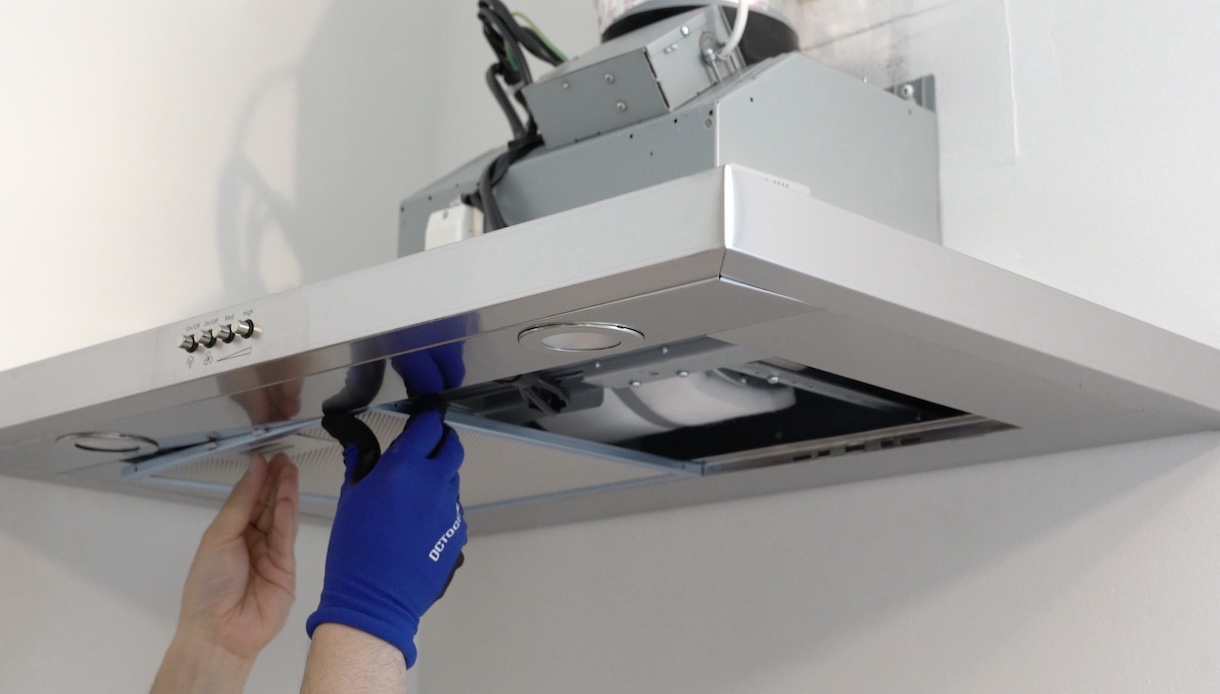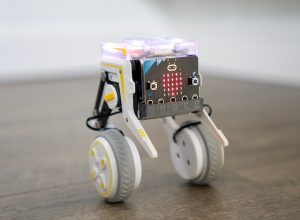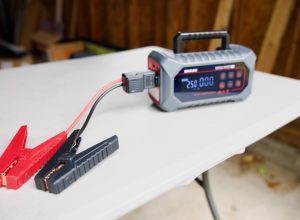When installing a Whirlpool range hood, you may see a styrofoam block inside the unit, typically located between the fan and the back panel. The styrofoam block is a cushion during transit, protecting the fan from damage caused by vibrations, impacts, or movement during shipping. This is to ensure the range hood arrives in working condition.
However, once the hood is installed and ready for use, this block must be removed, not only for performance but also for safety. It can block airflow, reduce the efficiency of the ventilation system, lead to increased noise, and potentially overheat the motor. Styrofoam is highly flammable and, if left near the motor, it could pose a fire hazard, especially where heat and grease are present.
I’m surprised that the manual does not mention we have to remove this block. I only notice a warning label after completing the installation and removing the plastic wrap. Removing the styrofoam block is quite difficult because it sits tightly between the fan and the back panel. Here are the steps to remove the foam block:
1. Turn Off Power
Before beginning, turn off the power to the range hood by unplugging it or switching off the circuit breaker.
2. Remove Panel Pieces
You can see the foam block after removing the grease filters. As the block sits tightly on the back, it is not easy to remove it. I had to remove some panel pieces on the bottom of the hood for better access. Fortunately, you can easily remove the panels with a screwdriver.

3. Remove the Styrofoam Block
Use a flashlight to illuminate the area, as it may be difficult to see due to the tight space. Use a flathead screwdriver or a plastic pry tool to pry the foam away. You should work slowly to avoid damaging the fan blades or surrounding components. If the block is stuck, you might need to remove 4 screws holding the fan to have more room.
4. Reassemble and Test
Once the block is removed, replace any panels or covers, ensuring all screws are securely fastened. Turn the power back on and test the range hood at different fan speeds to ensure airflow is unobstructed and the unit operates quietly and efficiently.



